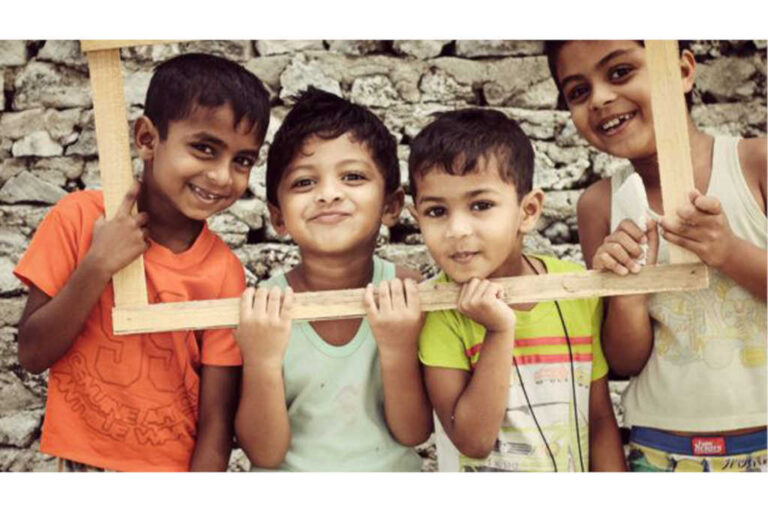Neonatal Mortality Rate in India is among the highest in the world and skewed towards rural areas. Absence of trained workforce along with poor healthcare infrastructure is one of the significant hurdles in ensuring quality neonatal care.
Recruiting and retaining trained workforce in rural areas is essential to improve the quality of Neonatal care services. This proposed strategy is likely to reduce morbidity among neonatal survivors as well.
Causes –
The underlying causes of neonatal mortality in India–are infections, birth asphyxia, and prematurity. India is one of the ten countries that account for more than 65% of all intrapartum related neonatal deaths. Unsatisfactory progress in newborn survival in India poses concern regarding reducing under-5 child mortality.
- The Scale of Neonatal Deaths in India
Around four million deaths occur every year globally, in the first month of life. 90% of neonatal deaths arise in low-income and middle-income countries. In India, around one million newborns, die each year before their first month of life, contributing to one-fourth of the global burden.
Urban-Rural differences in neonatal death exist with the mortality rates more significant by 50% in rural, compared to 28.5% in urban areas, according to the–National Family Health Survey.
- Healthcare Framework in Rural Set-up –
– Rural Health Build
In spite of having a comparatively higher neonatal mortality rate, rural India is tackling the problem of ill-equipped public healthcare facilities. Community Health Centers form the uppermost tier, and their function is mainly to provide specialized obstetric and childcare.
- Crucial Initiatives to Improve Newborn Health by the ‘Government of India’-
Indian Government has launched various initiatives predicting a high priority action concerning neonatal health. Accredited Social Health Activists (ASHA’s) are being assigned the responsibility to create awareness in the community regarding maternal and child health issues. They are also expected to mobilize the community and help them in acquiring healthcare services. A safe motherhood intervention called– “Janani Suraksha Yojana (JSY)” has been implemented to raise the delivery rates and offer skilled care at birth.
The Government of India [with the help of UNICEF], has begun to set up individual care newborn units for managing sick newborns. These health units have been established at district hospitals.
Janani Shishu Suraksha Karyakram (JSSK) was launched to promote institutional delivery, eliminate out-of-pocket expenses, and facilitate prompt referral through free transport.
Navjaat Shishu Suraksha Karyakram (NSSK), a program on primary newborn care is being launched to address essential interventions at the time of birth. The purpose is to have one person well trained in critical neonatal care at every delivery.
Neonatal health is one of the priorities in the list of the Government, which gets reflected in the various programs devised and implemented. The reluctance of the trained workforce, especially doctors, to serve in rural areas has become a significant impediment in the Government’s ability to provide quality health services.
- Challenges
The main obstacles in improving newborn survival are that—many babies are born at home without being attended by skilled personnel. Faulty home-based practices are widespread. Lack of awareness among caregivers’ limits care-seeking for neonatal illness, but even if this is corrected, lack of trained health staff, adds to the problem. Another difficulty exists in bringing the neonates and the health system closer to each other. There are broadly two ways of doing so–either bring the health system closer to the newborn or take the neonate closer to the health system. Both of these are possible and hold the promise to yield positive results.
The provision for better financial incentives oriented correctly to doctors working in rural areas might be crucial to attract and also retain doctors in the area. Therefore, the experience with paying direct financial incentives, such as rural allowances, has been variable.
Conclusion
Bringing qualified health professionals to be rural and underserved areas—is a very challenging job, which needs to be addressed urgently to avert neonatal mortality.
Training of rural healthcare providers, promoting home-based newborn care, creating community awareness and community mobilization along with strengthening public-private partnerships should be explored. As evidence generated from previous studies and large-scale projects support these strategies, it is a way to improve neonatal health.
Our team at ‘EKAM FOUNDATION’ can help the underprivileged and poor mothers to safeguard their health and that of their infants.






